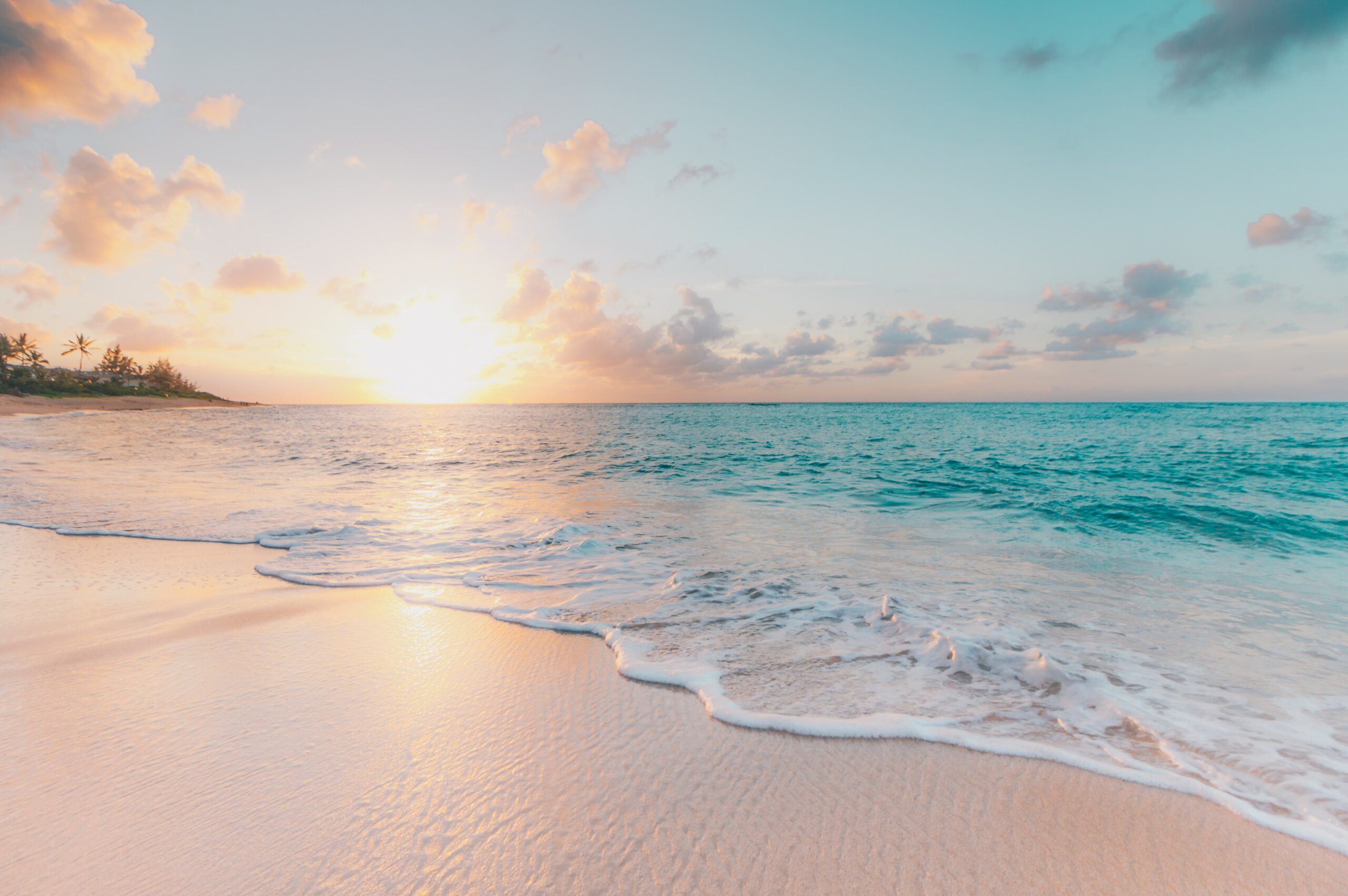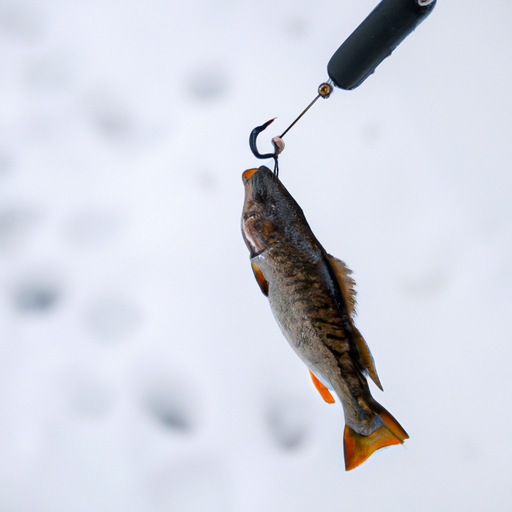If you’re an avid angler or just starting out, knowing the best fishing tips for each season can greatly enhance your chances of a successful catch. Whether it’s the vibrant blooms of spring, the scorching heat of summer, the rustic beauty of fall, or the icy chill of winter, each season brings its own unique challenges and opportunities for fishing enthusiasts. In this article, we’ll provide you with valuable tips and tricks to help you make the most out of your fishing adventures throughout the year. So grab your gear and get ready to reel in some great catches in every season!
Spring Fishing

Choosing the Right Gear
When it comes to spring fishing, it’s important to choose the right gear for your outing. This includes selecting a fishing rod and reel that are suitable for the species you’re targeting and the type of water you’ll be fishing in. A medium to medium-heavy spinning rod is a versatile option for spring fishing, as it provides enough power to handle larger fish while still allowing for finesse presentations. As for the reel, a spinning reel with a smooth drag system is a reliable choice.
It’s also crucial to select the appropriate fishing line for spring fishing. Fluorocarbon or monofilament lines in the 8-12 pound test range are typically sufficient for most freshwater applications. However, if you’re fishing for larger, more aggressive fish, such as bass or pike, you might consider using a heavier line.
Targeting Spawning Fish
During the spring, many fish species migrate to their spawning grounds. This is an excellent opportunity for anglers to target these fish and potentially catch some trophy-sized specimens. When targeting spawning fish, it’s important to understand their behavior and locate their spawning grounds.
Fish such as bass, walleye, and crappie often spawn near shallow water areas with vegetation, such as submerged weeds or lily pads. By carefully observing the water and looking for signs of spawning activity, such as disturbed nests or chasing fish, you can identify these areas and increase your chances of success.
Optimal Time of Day
In spring, the optimal time of day for fishing can vary depending on the species you’re targeting. Generally, early morning and late afternoon are prime times to be on the water. During these periods, the water is typically cooler, and fish are more active and willing to feed.
However, it’s not uncommon for fish to be active throughout the day during the spring. Factors such as weather conditions, water temperature, and the presence of baitfish can influence fish activity. Pay attention to these factors and adjust your fishing schedule accordingly.
Best Locations
When spring fishing, it’s essential to fish in the right locations to maximize your chances of success. Look for areas where fish are likely to congregate, such as shallow flats, points, drop-offs, and near underwater structure. These areas provide fish with a combination of food, cover, and suitable water temperatures.
Additionally, pay attention to the presence of baitfish and other indicators of fish activity. Birds diving into the water or surface disturbances can indicate the presence of feeding fish. By targeting these areas and adapting your fishing techniques, you’ll greatly increase your chances of catching fish.

Effective Baits and Lures
Choosing the right baits and lures is critical for spring fishing success. In the spring, fish are often focused on feeding and can be more aggressive in their pursuit of prey. This provides anglers with the opportunity to use a wide range of lures and baits.
For targeting bass, spinnerbaits, crankbaits, and soft plastic worms are popular choices. Other species, such as trout and panfish, can be enticed with live bait such as worms, minnows, or crickets. Experiment with different colors and presentations to see what works best on any given day.
Handling Changing Weather Conditions
Spring weather can be unpredictable, with changing conditions ranging from warm and sunny to cold and rainy. As an angler, it’s important to be prepared for these changes and adapt your fishing strategies accordingly.
On warm and sunny days, fish are more likely to be found in shallow areas or near cover, taking advantage of the increased sunlight and higher water temperatures. On the other hand, cooler and rainy days may push fish into deeper water or to seek shelter in areas with cover such as submerged logs or vegetation.
By anticipating and adjusting to changing weather conditions, you’ll be able to locate fish and continue having success throughout the spring season.
Tips for Fishing in Rain
Fishing in the rain can be a rewarding experience, as fish often become more active and are less wary of anglers during periods of precipitation. However, it’s important to take certain precautions when fishing in the rain to ensure your safety and optimize your chances of catching fish.
Firstly, dress appropriately by wearing waterproof clothing and footwear to stay dry and comfortable. Make sure to also keep your fishing gear protected from moisture by using a waterproof tackle box or bag.
When it comes to bait selection, consider using lures that create vibrations or make noise, as these can help fish locate the bait in low visibility conditions. Additionally, fishing near cover, such as overhanging trees or weed beds, can provide fish with shelter and increase your chances of getting a bite.
Lastly, always practice proper fish handling and release techniques to minimize stress and maximize the survival of the fish you catch.










